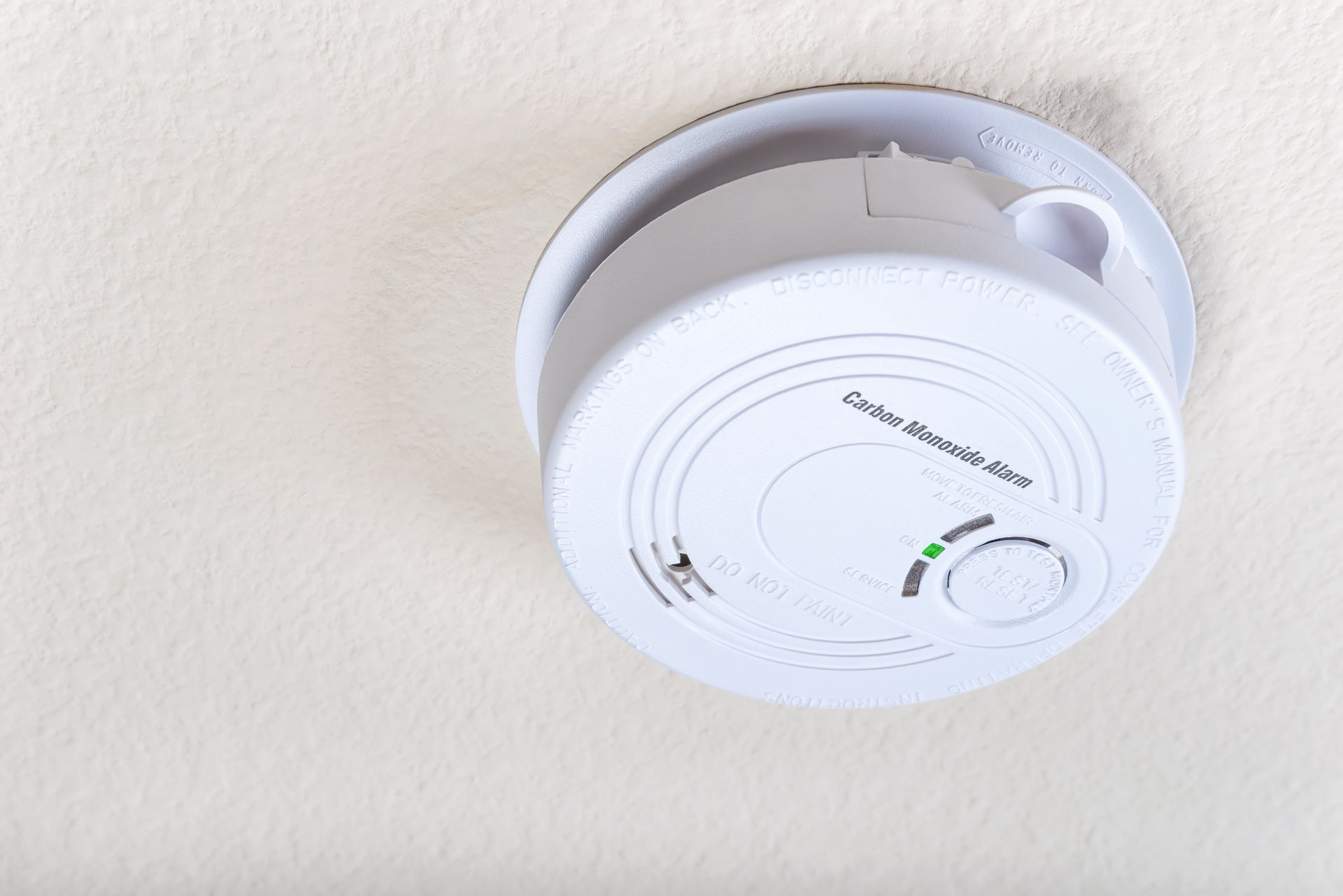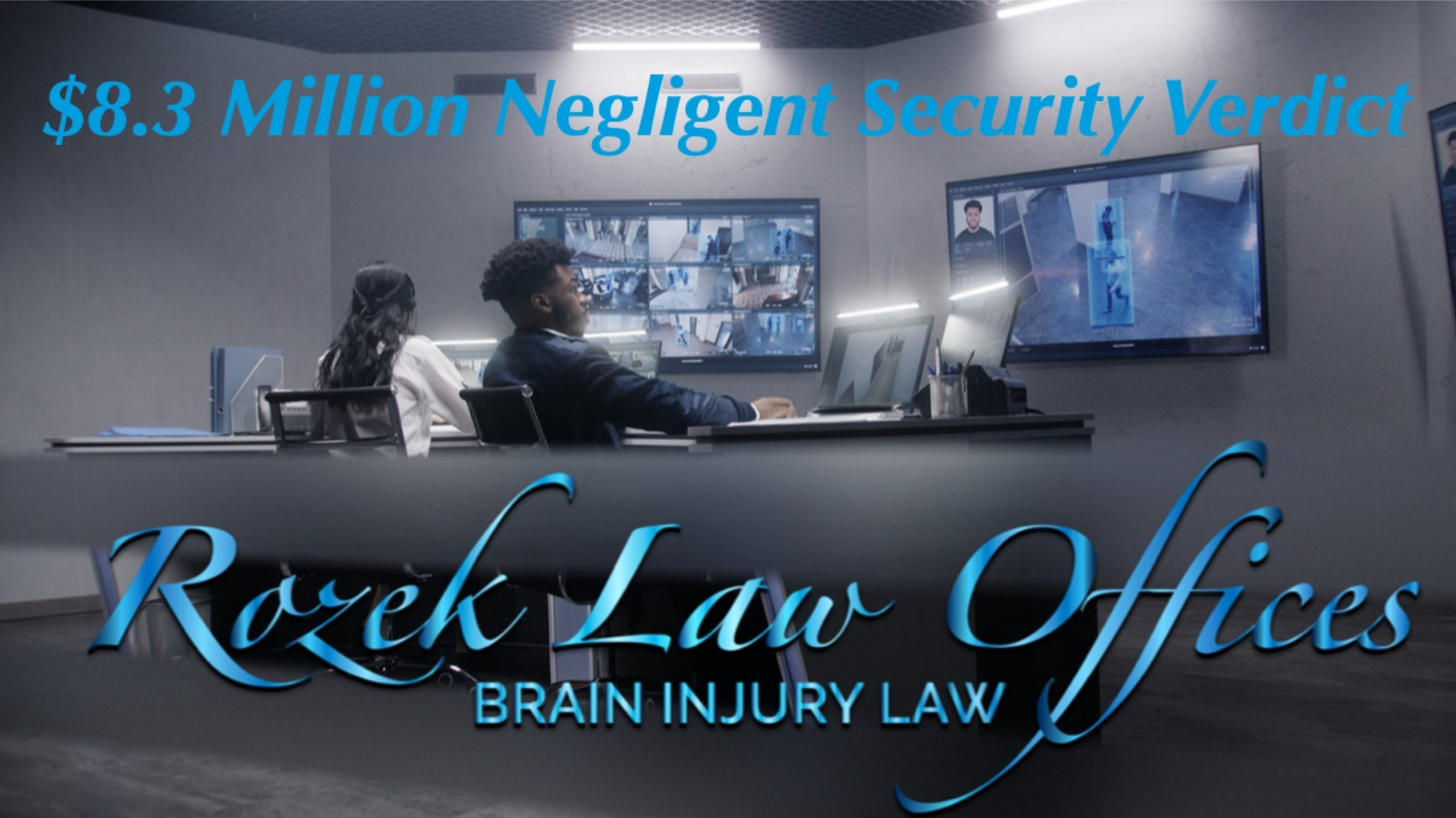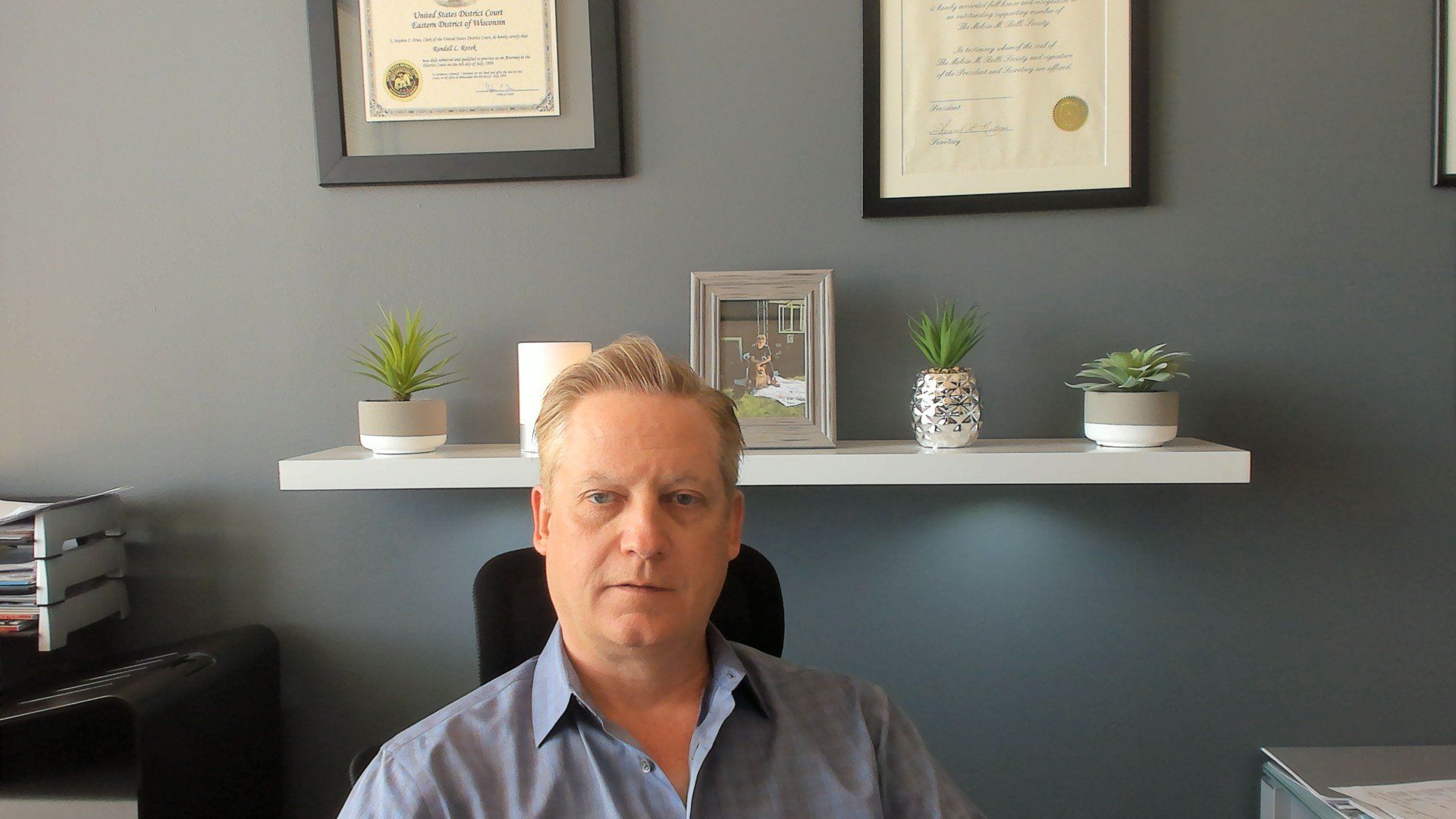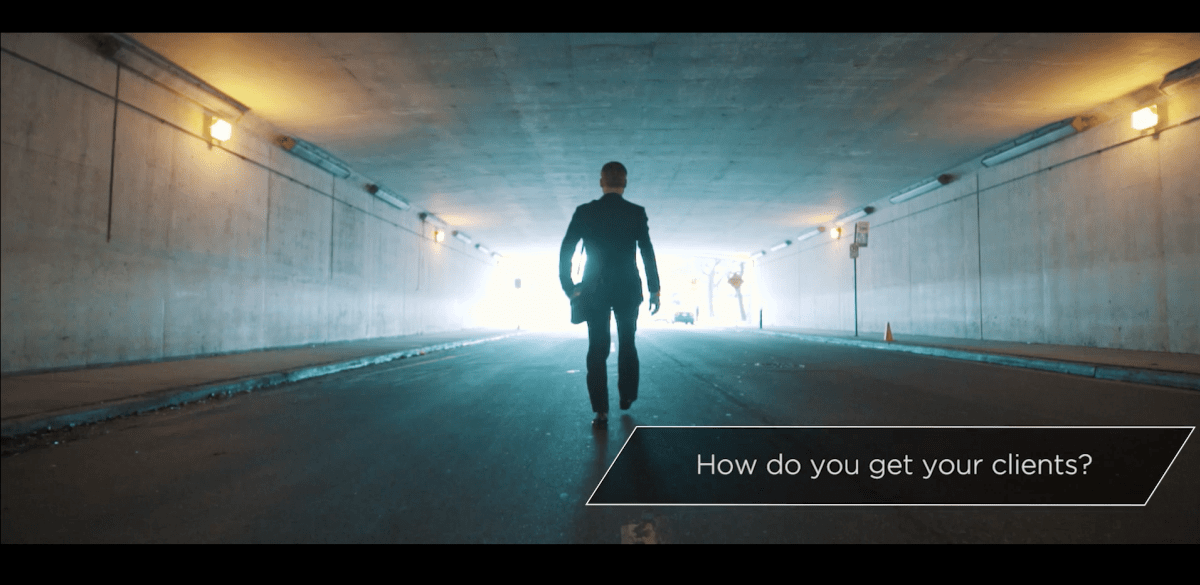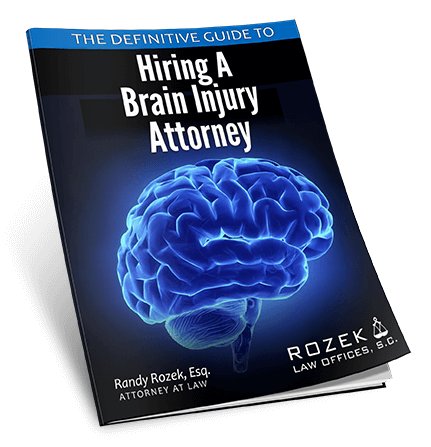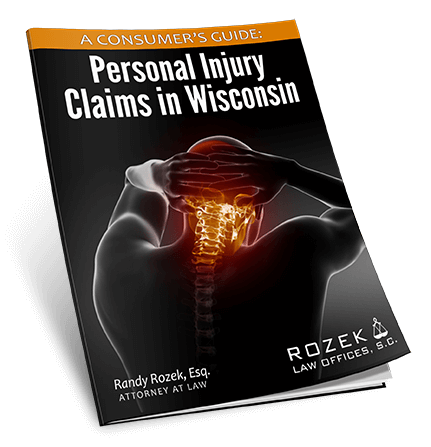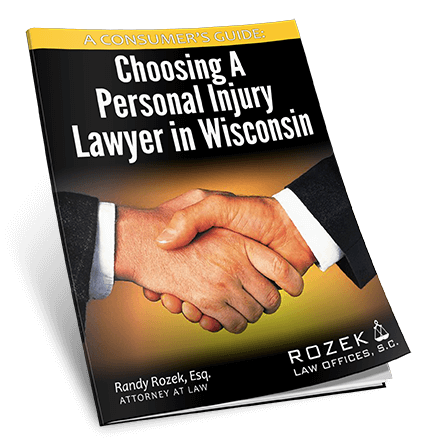Ultrasound Waves ‘Jump Start’ Coma Patient’s Brain
A team of doctors and neuroscientists said on Wednesday that they were able to ‘jump start’ a coma patient’s brain with the use of ultrasound waves. The team now says they hope to launch a much broader test of the technique.
Read More: Traumatic Brain Injury Attorney in Wisconsin
The team was working on a 25-year-old man who was recovering from coma and was in a vegetative state.
That jump-started brain belongs to Bradley Crehan, a recent college graduate who was struck by a car last February and as a result suffered a severe brain injury when he hit his head on the pavement.
Crehan had part of his skull removed to relieve pressure and was placed in a medically induced coma to allow his brain to heal. Doctors attempted to wake him after about a week, but it didn’t go well, so he was returned to the coma for another week.
When he was brought out of that coma, he still wasn’t very responsive.
“The team, based at the University of California, Los Angeles, cautions that the evidence so far is thin. That they have no way to know for sure whether the ultrasound stimulation made the difference for their young patient, or whether he spontaneously recovered by coincidence shortly after the therapy,” an article on the STAT website reads. “But the region of the brain they targeted with the ultrasound — the thalamus — has previously been shown to be important in restoring consciousness. In 2007, a 38-year-old man who had been minimally conscious for six years regained some functions after electrodes were implanted in his brain to stimulate the thalamus.”
Dr. Nicholas Schiff said using the ultrasound as a technique to stimulate the brain merits further studies.
“The UCLA procedure used an experimental device, about the size of a teacup saucer, to focus ultrasonic waves on the thalamus, two walnut-sized bulbs in the center of the brain that serve as a critical hub for information flow and help regulate consciousness and sleep,” the article reads.
Bradley Crehan has little memory of coming out of the coma. “My brain wasn’t functioning well enough for me to be confused,” he said. “I felt an indentation in my skull and wondered where I was. I wasn’t scared, just drowsy.”
The experimental treatment involved about five minutes worth of ultrasonic pulses targeting the thalamus; doctors used an MRI to precisely guide the sonic beam. A day after the treatment, Crehan reportedly started recognizing objects, attempted to use a spoon and could blink on command. Three days later, Crehan understood questions and could reliably gesture yes and no.




